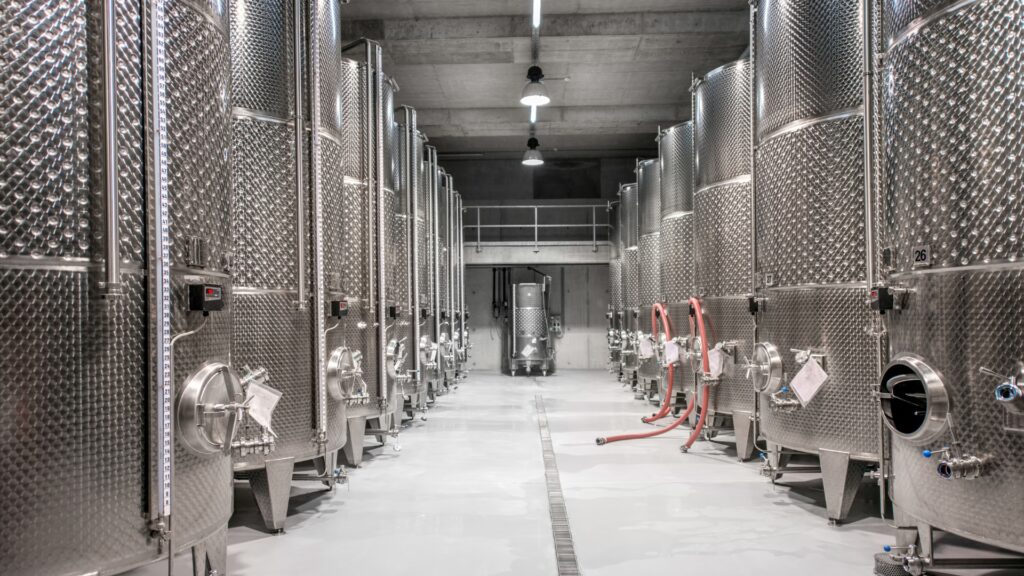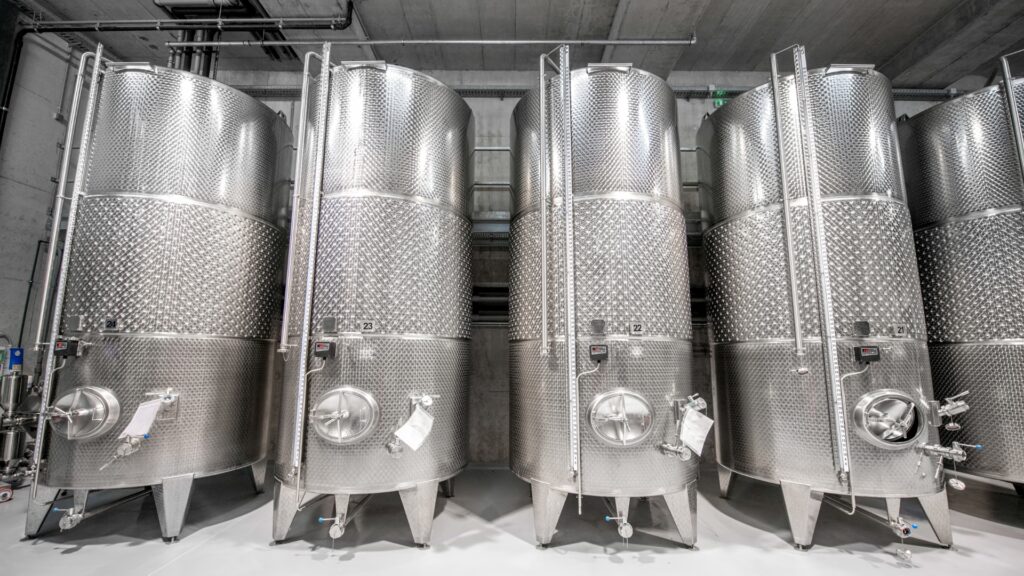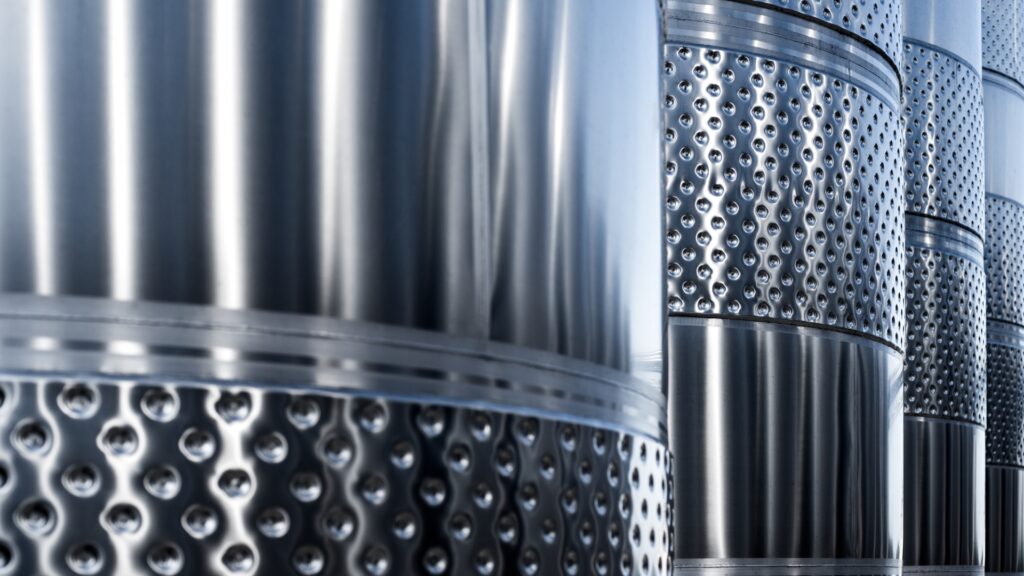


What are aseptic tanks and their main differences
An aseptic tank is a container designed to keep its interior sterile and free of microbiological contaminants.
This type of tank is mainly used in the food and pharmaceutical industries to store liquids susceptible to microbiological contamination, such as fruit juices, milk, dairy products, sauces and other foods or beverages.
The main differences from normal tanks include:
Materials: Aseptic tanks are usually made of materials that can be easily sterilised, such as high-quality stainless steel or medical plastic. These materials are chosen for their resistance to corrosion and microbial growth.
Design: Aseptic tanks are designed to minimise the possibility of contamination. They may have smooth surfaces with no joints or corners that are difficult to clean, and may be equipped with devices such as filters or ventilation systems that prevent the entry of contaminants from outside.
Cleaning and sterilisation processes: Aseptic tanks are subject to strict cleaning and sterilisation protocols to ensure that the internal environment remains sterile.
These processes may include high-temperature washing, use of disinfectant agents and sterilisation by heat or UV light.


Aseptic tanks are designed to ensure that liquids susceptible to microbiological contamination can be stored safely and hygienically, minimising the risk of contamination and guaranteeing the quality and safety of the food or beverages stored inside.


DON'T FORGET TO FOLLOW US ON OUR SOCIAL NETWORKS!
Every week we offer posts and articles on the food industry to keep you up-to-date and in step with the changing market!



